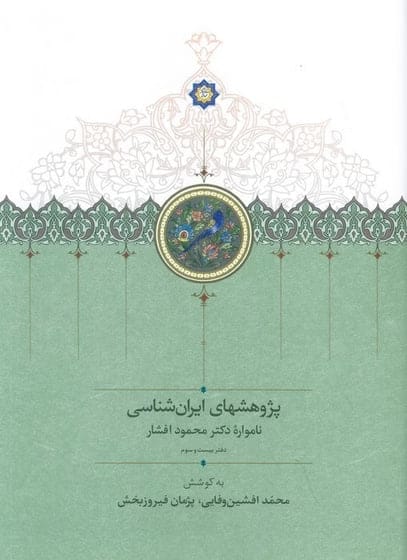International Conference Dedicated to the 30th Anniversary of Iran and the Caucasus
19-21 September, 2026
Armenia
The Editorial Board of Iran and the Caucasus, in collaboration with De Gruyter Brill, is pleased to announce an international conference marking the 30th anniversary of the journal’s founding.
Since its inception in 1997, Iran and the Caucasus has emerged as a leading interdisciplinary platform for scholarly engagement with the diverse historical, linguistic, literary, folkloric, textual, religious, archaeological, economic, and political dimensions of Irano-Caucasica—an expansive geo-cultural region extending from Asia Minor to the Indian subcontinent, encompassing Central Asia, Afghanistan and other territories historically situated within Greater Iran’s political orbit, inhabited by Iranian peoples, or profoundly influenced by Iranian cultural traditions including Northern Pakistan and the North Caucasus.
We extend a cordial invitation to scholars worldwide to contribute to this academic gathering by submitting papers that critically engage with the journal’s legacy, present original research consonant with its thematic scope, and articulate new analytical perspectives on the region’s historical trajectories, contemporary dynamics, and future perspectives.
Publication
Selected papers will be considered for publication, after undergoing peer review, in the journal Iran and the Caucasus or as a separate volume of the conference proceedings in the Series Iran and the Caucasus Monographs.
Individual and Panel Presentation Format
Abstract submissions must be anonymized and should not exceed 400 words. Submissions must be sent in both Word and PDF formats. A separate file should include the following information:
- Full name(s)
- Institutional affiliation(s)
- Email address(es)
- ORCID iD(s)
This requirement also applies to panel proposals, which may include a maximum of four participants.
All submissions will undergo blind peer review.
- Keynote Speeches: 40 minutes, followed by 20 minutes of discussion
- Individual Presentations: 20 minutes, followed by 10 minutes of discussion
Working Language: English
Conference Email Address: iranandthecaucasus30@gmail.com
Important Dates
- Abstract Submission Deadline: 31 March 2026
- Notification of Acceptance: 30 April 2026
- Registration: 30 June 2026
Participation Fee
The conference participation fee is EUR 400, which includes:
- Accommodation;
- Lunches and refreshments;
- Two banquets (opening and closing) and one dinner;
- A cultural programme during the conference;
- Transportation from the conference venue to Yerevan.











